An introduction to Additive Manufacturing: Types and Comparisons
What is Additive Manufacturing?
Strictly speaking it is defined as the process of joining materials to make objects from 3D model data, usually layer upon layer. The opposite would be subtractive processes, such as milling or turning, where the material is removed from stock material like slabs, bars, or even a near-net casting.
In additive manufacturing we start with nothing and gradually add material to reach our finished product, however, the way we do so can vary significantly. Since additive manufacturing was first invented the types of processes and the materials which can be used has grown astronomically.
Metals (e.g. Aluminum, Copper, Cobalt ) and polymers (e.g. ABS, Polyamide, Polypropylene) are the most common, but companies from around the world are finding new innovative ways to implement additive manufacturing with new materials and processes.
What are the Different Types of Additive Manufacturing?
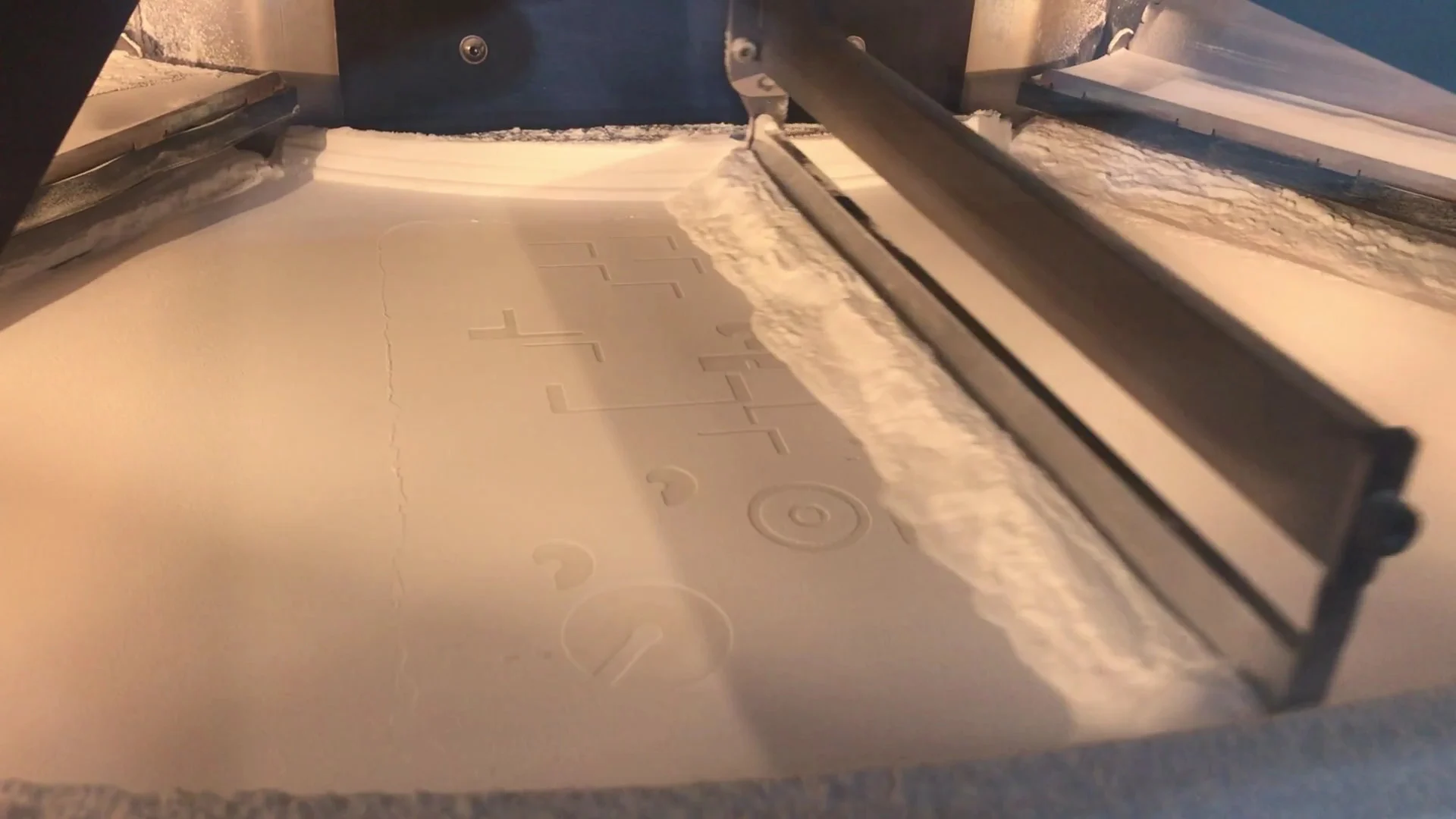
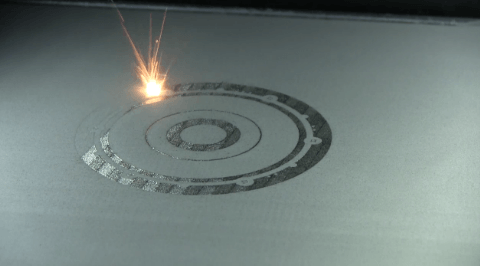
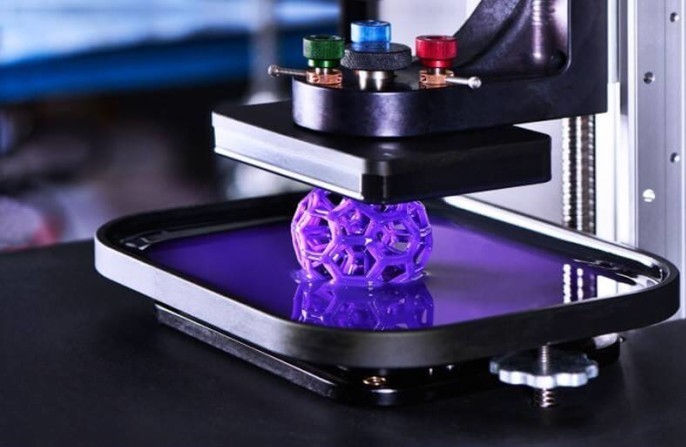
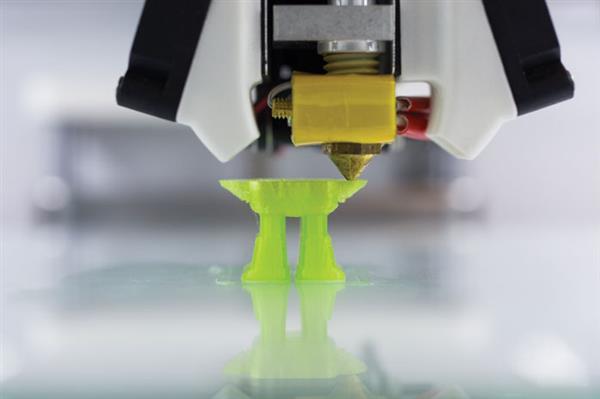
SLS – Selective Laser Sintering: Uses a laser to sinter powdered material (typically nylon or polyamide), aiming the laser automatically at points in space defined by a 3D model, binding the material together to create a solid structure.
DMLS – Direct Metal Laser Sintering: Essentially the same as SLS but when applied to metal alloys.
FDM – Fused Deposition Modelling: Polymer material is extruded and deposited in layers on a heated bed. Whilst these are very popular among hobbyists, there are a wide variety of FDM machines and materials available. This can range from a small desktop printer to larger industry standard machines capable of producing end-use parts.
SLA – Stereolithography: Stereolithography (SLA or SL; also known as stereolithography apparatus, optical fabrication, photo-solidification, or resin printing) is a form of 3D printing technology used for creating models, prototypes, patterns, and production parts in a layer by layer fashion using photochemical processes where light causes chemical monomers and oligomers to cross-link together to form polymers.
These are the most common types of additive manufacturing, but sometimes the process does not have a name, let alone even need one. Take for example an industrial robot depositing concrete to build a small house. Technically this is a type of FDM, although we would probably not refer to it as such.
Why Use Additive Manufacturing?
Here at 3T we use SLS to produce our parts and our decision to use additive manufacturing allows our customers to benefit in several ways. But why they trust us to produce their parts can very depending of their application. 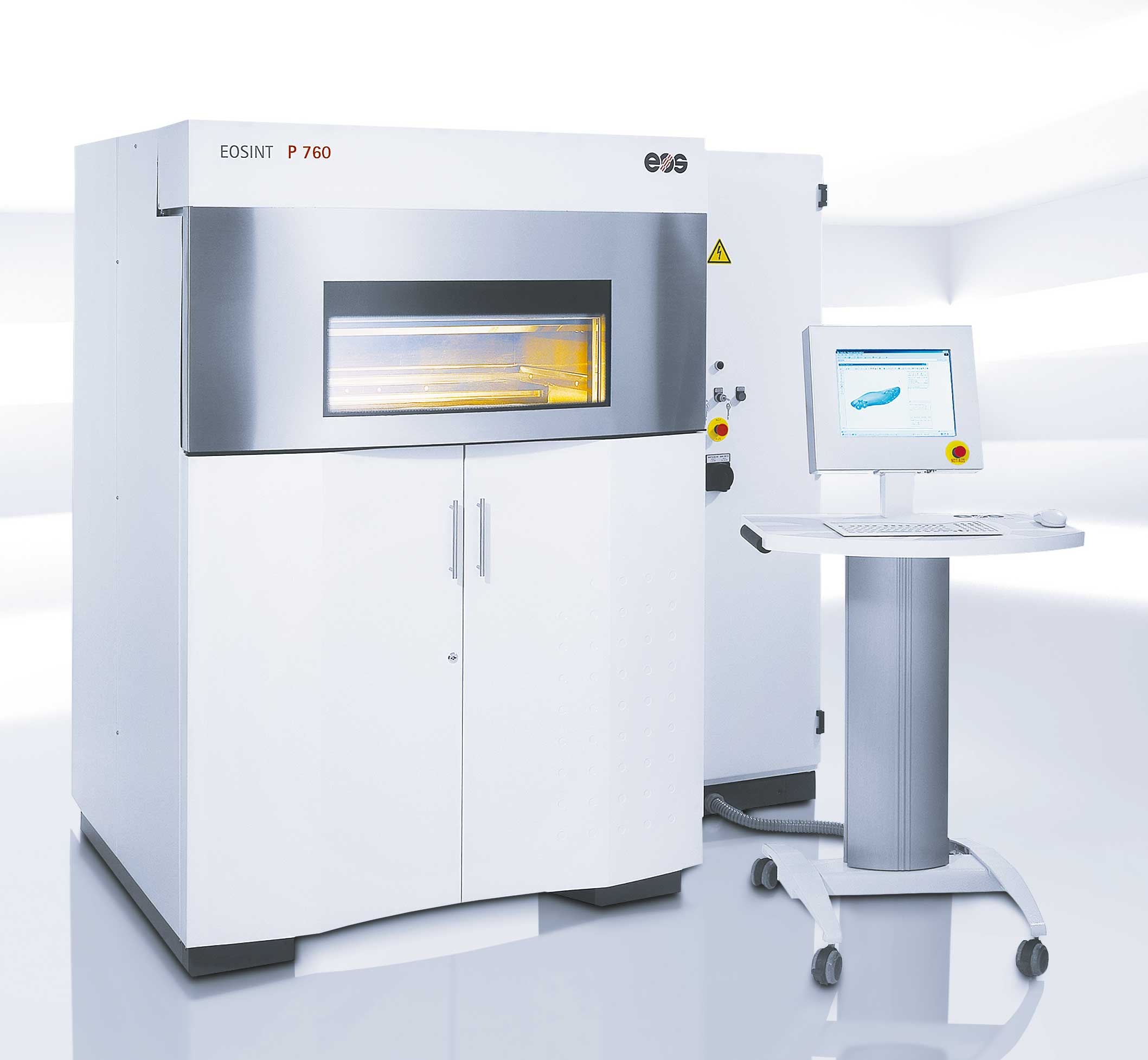
For some customers working to tight time frames they can benefit from receiving high quality parts only days after their design. This part could be critical to their operations and the time taken to design tooling is not viable.
Other customers require parts with complex geometry such as internal channels and hinges that do not require any further assembly that machining or injection moulding simply cannot achieve.
Whilst many 3D printing processes require support structures, including DMLS, SLS does not. This means that the only necessary post processing step is the removal of residual loose powder that surrounds parts fresh from the build chamber. Customers can therefore benefit from high quality parts with little post processing, and even up to relatively large sizes.
Our largest machine, the P760 has a build chamber of 700 x 380 x 580 mm, although the max build volume can change depending on materials. Overall SLS is the perfect process for our goal - producing parts of the highest quality and delivering them on time.
Compare Processes
We have created the interactive table below so you can compare some of the most popular additive manufacturing processes. We have included injection moulding too, for you to compare with.
| Volumes | Low | i |
| Quality | Low | i |
| Lead Time | Low | i |
| Geometry Restrictions | Requires supports | i |
| Materials | Nylon, Glass Filled Nylon, PP |
